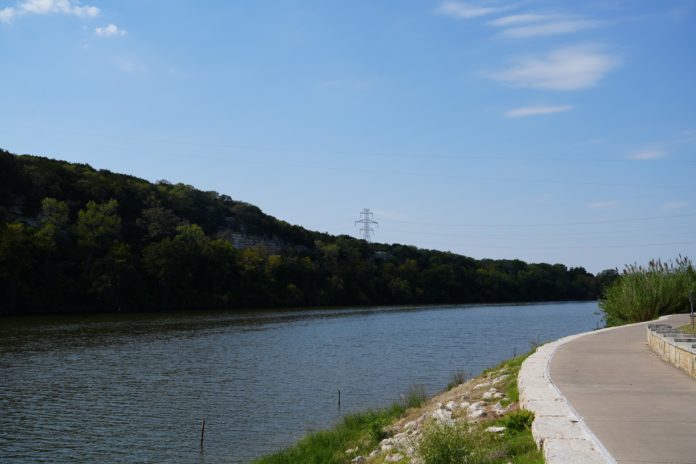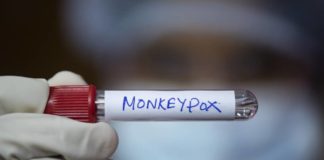By Gillian Taylor | Staff Writer
Low dissolved oxygen levels in the Brazos River and Waco Creek presumably resulted in a fish kill recently, and Baylor students used what they learned in the classroom to help collect data at the site.
A fish kill is a localized die-off of one or multiple fish species. It can be caused by multiple factors, including low dissolved oxygen levels, water temperature fluctuations, harmful algal blooms, toxins, pesticides, fertilizers, chemicals, diseases, viruses, bacteria and parasites.
Baylor professor and environmental toxicologist Dr. Cole Matson said the cause of the Waco fish kill, which began mid-October, isn’t officially known. However, he said it is probably due to the recent rainfall that ended a dry period and flushed organic matter and nutrients into Waco Creek. The influx of nutrients, he said, could have fueled a microbial bloom in the water and consumed oxygen in the process. What was left were abnormally low oxygen levels and suffocating aquatic life.
Matson teaches a course called Field Techniques for Environmental Science, in which he covers sampling techniques for air, water, sediments and biota with an emphasis on aquatic systems. The class studies the factors that control dissolved oxygen in marine systems.
“When we found out that there was a low dissolved oxygen event and a fish kill occurring, we turned it into a learning experience for the class,” Matson said. “We decided to go out, study it, map it out, figure out how far it had gone out, and we ran some nutrient analyses to try to determine what might have caused this event.”
Pearland junior Anna Claire Brewer, a student in Matson’s class, said although the circumstances are unfortunate, she has been able to get real-life examples of what she is learning.
Brewer said that in class, they hypothesize how certain factors affect aquatic species, but with the Waco fish kill, students were able to see the effects in real-time. They started their research just outside the Baylor Sciences Building in Waco Creek and began measuring the oxygen levels.
“We saw a lot of dead fish, and the others were coming up to the top of the water because that’s where most of the oxygen was,” Brewer said.
Matson said students went out on a boat to try to map the distribution of the low dissolved oxygen levels. He said the class primarily focused on how the oxygen levels changed with depth.
Texas Parks and Wildlife collected parts of the students’ research, and Matson said he was excited that their work would be on permanent record.
Brewer said the fish kill was a clear visual of the importance of policies within the environment.
“We don’t know why the fish kill happened or why the dissolved oxygen levels got so low,” Brewer said. “But it’s important to have people like the Texas Parks and Wildlife, and policymakers like the EPA, to regulate environmental factors and prevent things like this from happening in the future.”
According to Matson, fish kills are usually acute events, so the oxygen levels in the Waco waters are “seemingly recovered at this point.” However, he said there were significant mortality rates in the fish populations, and it will take time for them to recover fully.
In his 11 years in Waco, Matson said there have been other events like this, although this has been the worst fish kill he’s seen here. He said although the situation was unfortunate, he is proud of his students for playing a role in the data collection.









